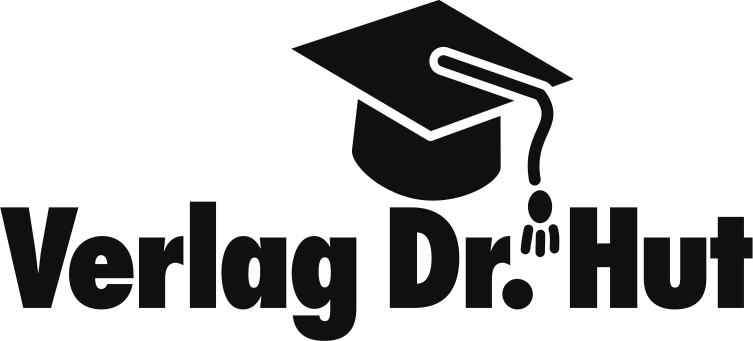Datenbestand vom 12. November 2025
 info@dr.hut-verlag.de
info@dr.hut-verlag.de
Verlag Dr. Hut GmbH
Sternstr. 18
80538 München
Tel: 0175 / 9263392
Mo - Fr, 9 - 12 Uhr
| Impressum | Warenkorb | Datenschutzhinweis | Dissertationsdruck | Dissertationsverlag | Institutsreihen | Preisrechner |
|---|
aktualisiert am 12. November 2025